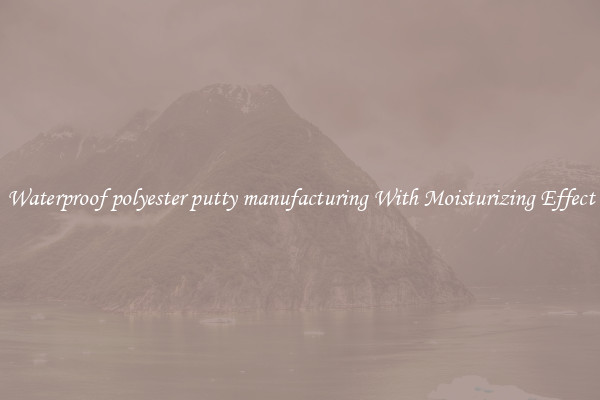Get Efficient peroxide catalyst For Quick Reactions
Get Efficient Peroxide Catalysts for Quick Reactions

Chemical reactions are essential to various industrial processes, ranging from pharmaceutical production to fuel manufacturing. Speeding up these reactions can have a significant impact on the efficiency and productivity of these industries.
One way to achieve quicker reactions is by using peroxide catalysts. Peroxide catalysts are substances that initiate and accelerate a chemical reaction without being consumed in the process. These catalysts work by providing an alternative reaction pathway with lower activation energy. As a result, the reaction can occur more rapidly, saving time and energy.
Efficiency is a critical factor in the chemical industry. By increasing the speed at which reactions occur, industries can produce more products in a shorter amount of time. This has the potential to yield substantial economic benefits and improve competitiveness.
One of the challenges in using peroxide catalysts is finding efficient ones that can reliably accelerate reactions. Fortunately, advancements in catalyst design and synthesis have led to the development of highly efficient peroxide catalysts.
Efficiency in peroxide catalysts can be measured by their turnover frequency (TOF). TOF refers to the number of reaction cycles a catalyst can undergo per unit time. Catalysts with higher TOFs can accelerate reactions more quickly.
Researchers have successfully developed peroxide catalysts with impressive TOFs, enabling rapid reactions. These catalysts have been used in various industrial processes that require efficient and quick reactions, such as polymer synthesis, oxidation reactions, and water treatment.
One example of an efficient peroxide catalyst is metal-organic frameworks (MOFs). MOFs consist of a lattice-like structure made of metal ions or clusters connected by organic ligands. MOFs can be tailored to have large surface areas and tunable pore sizes, allowing for enhanced catalytic activity and selectivity.
Another promising peroxide catalyst is graphene oxide (GO). GO is a two-dimensional carbon material composed of a single layer of carbon atoms arranged in a hexagonal lattice. Due to its unique structure, GO exhibits high catalytic activity and stability in various reactions, including oxidation and dehydrogenation processes.
Efficient peroxide catalysts offer several advantages to industries. Besides faster reactions, they often lead to higher yields, reduced waste, and improved reaction selectivity. This means that not only are reactions quicker, but they also produce fewer undesirable by-products, resulting in more sustainable and environmentally friendly manufacturing processes.
In conclusion, peroxide catalysts provide an effective solution for achieving quick and efficient reactions. The development of highly efficient catalysts, such as metal-organic frameworks and graphene oxide, has revolutionized industrial processes, allowing for faster production, reduced waste, and improved reaction selectivity. As researchers continue to explore new catalyst materials and design strategies, the future of efficient peroxide catalysts looks promising, promising more advances in the chemical industry.

View details

View details

View details

View details








